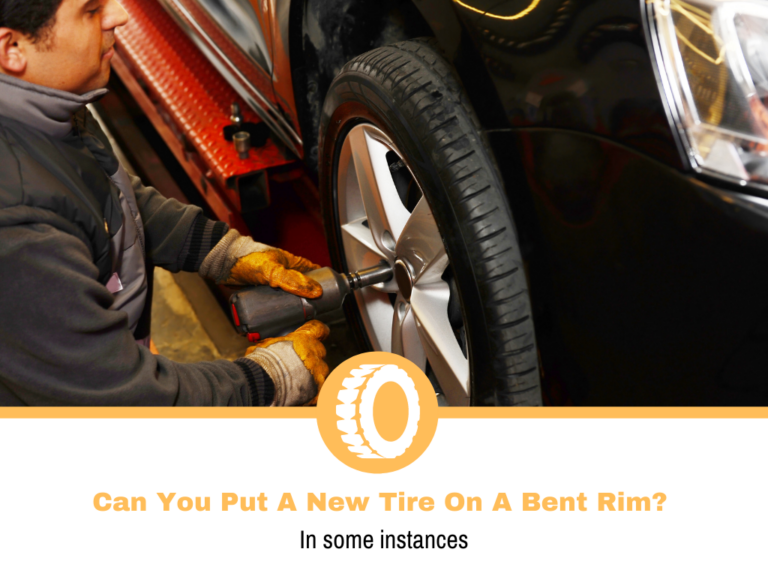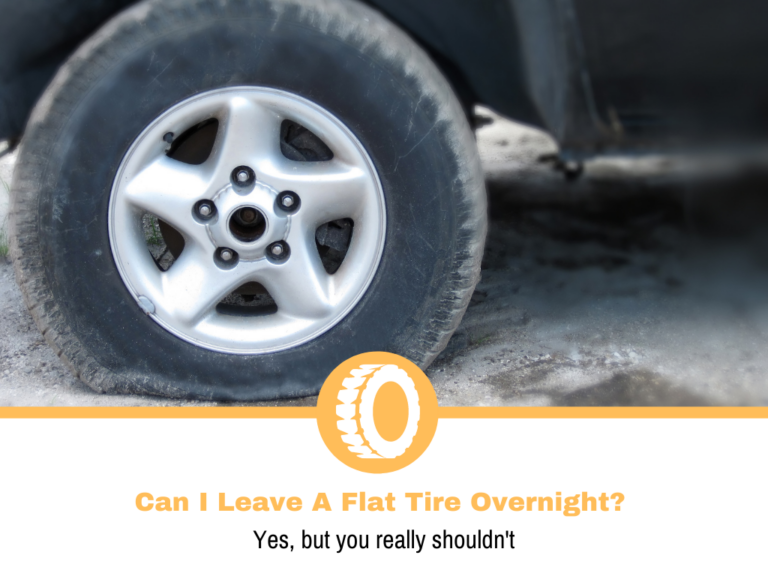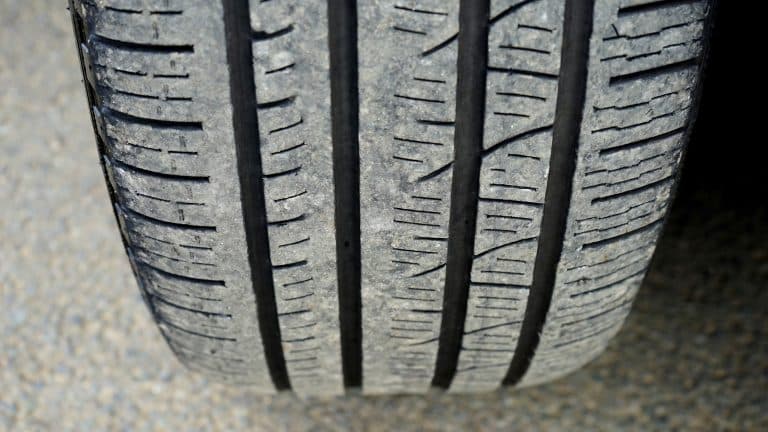How to Fix Cracked Tires
Cracked tires are an eyesore. You are looking at a dehydrated patch on your tire wondering if it can somehow affect your car’s handling and control, not to mention your worries about safety concerns while driving like “will my tire explode because of these?”
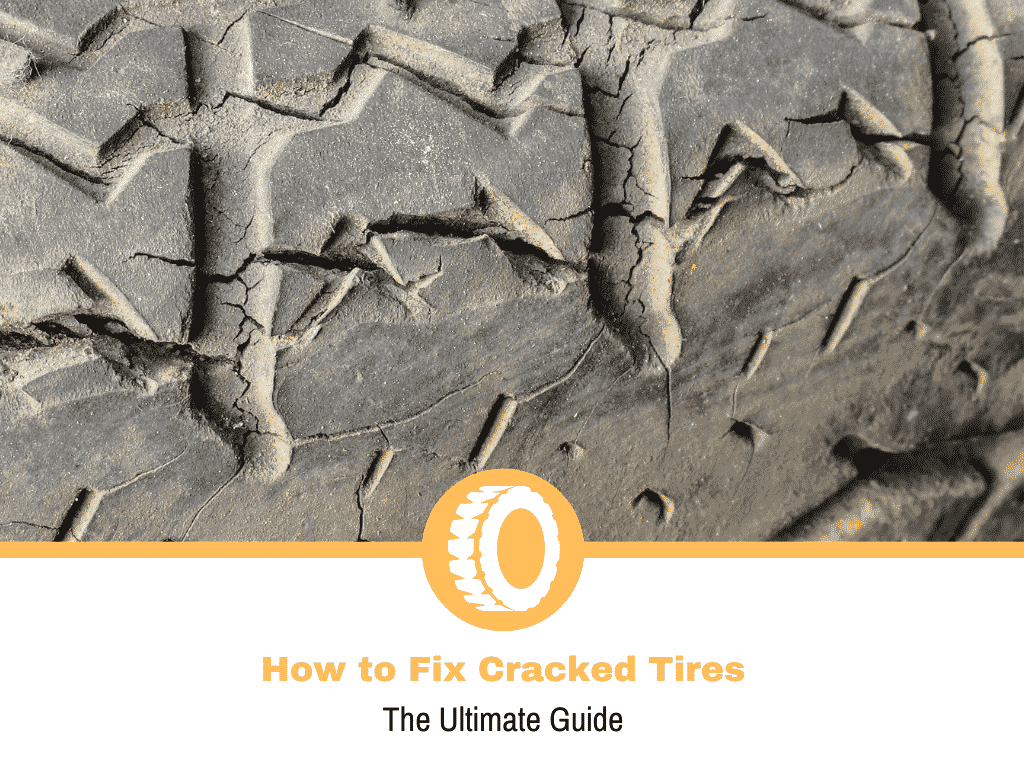
While having minor cracks on your tires may still be safe to continue driving, you also need to consider taking steps to address this issue right away as it may eventually grow in size and can lead to further damage.
The ultimate solution for the cracked tires is obviously to purchase a new tire, yet replacing it with a new one is expensive, and this option is not always necessary especially when your tire tread is still good.
What are Cracked Tires?
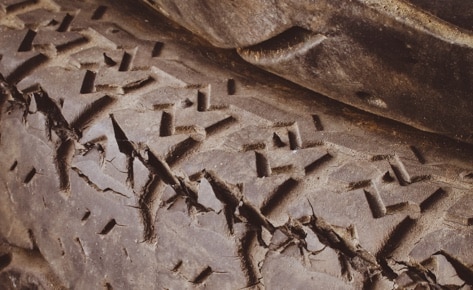
Cracked tires are visible crevices on the tire’s sidewall, also referred to as dry rot, primarily caused by the breakdown of the rubber materials due to various natural and man-made factors.
Though the materials being used to make tires becomes more durable yet less expensive through time thanks to the advancement in technology and research, these compounds are still not spared from degradation, and are often manifested with visible cracks which we will tackle below.
What are Signs of Cracked Tires?
Sidewall Cracks
These cracks on the sidewall are the most noticeable hint of dry rot. It can be present on both sides of your tire.
Brittle Rubber
You may feel a dry and brittle sensation when you run your hands in the affected tire. This is the result of wearing away antioxidants and oils which protects the rubber components.
Flaking on Surface
This somehow looks like chapped lips, small pieces of rubber flake off the surface of the sidewall.
How to Fix Cracked Tires
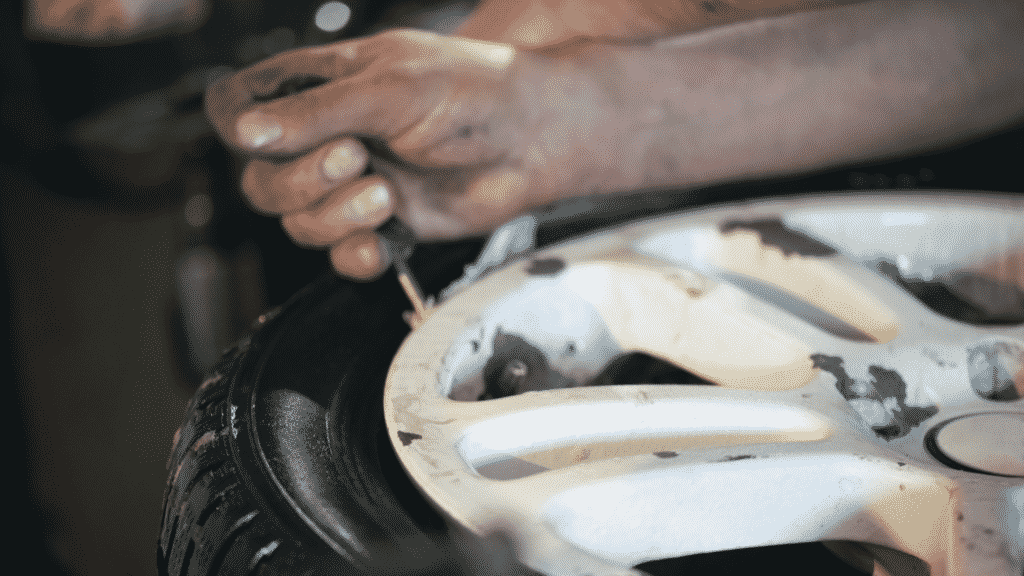
Before you pull out your hard-earned cash to buy a new set of tires (which is indeed expensive), you may consider the procedures below on fixing dry rot or cracks.
This guide is broken down into two parts: 1) Fixing internally using a sealant, and 2) Fixing externally using a tire protectant. We recommend you fix the cracked tires from the inside out. This is to ensure the effectiveness of repairs done.
These procedures will only provide temporary treatment of cracked tires. Remember, your tires should always be in their optimal condition to ensure safety and efficiency while driving. And if the cracks reappear, you may consider replacing them altogether.
Method 1: Fixing Cracked Tires Internally using a sealant
Sealant is a fibrous liquid and is generally used to fill in gaps, holes and punctures inside the tire. Choose a tire sealant specifically for cracks or dry rot as flat tire sealants aren’t as effective and are not suitable for the job.
What you will need:
-
Tire sealant for cracks/dry rot
-
Tire pressure gauge
-
Tire inflator/ air compressor
Step 1: Let the tires cool down
This step is necessary if you’ve just recently driven your car. As friction induced by the tires in contact with the road will cause them to heat up, letting it cool down for a while is recommended.
Step 2: Remove and examine the tires
It will be hard to work on fixing tires if it’s still attached to your vehicle. Plus, tire cracks might be present on the other side of the sidewall and can only be seen if the car is jacked up and the tires are removed.
Step 3: Apply Sealant
This time, you can have the sealant prepared as instructed by the manufacturer. Have it ready and apply it to the tire’s interior depending on the application method. This typically comes by inserting the nozzle or injector into the valve system then squeezing or spraying the sealant.
Step 4: Reinflate tires
Next, with the use of a tire inflator or air compressor, reinflate the tires with the recommended pressure with the help of tire pressure gauge as you may lose air while working on tire repair.
Step 5: Install the tires and Drive to Circulate
Lastly, reinstall the tires and have your car driven around for the sealant to circulate inside the tires allowing the cracks to be sealed in the process. Some sealants effectively work on cracks even without driving around, so this part of the step is optional.
Method 2: Fixing Cracked Tires Externally using a Tire Protectant
Tire protectant works as an external version of the sealant applied on method 1. However, aside from its sealing properties, this also brings a fresher look to the tires as it rejuvenates the tire’s rubber and gives UV protection.
What you will need:
-
Sponge
-
Water supply
-
Degreaser
-
Tire protectant
Step 1: Let the tires cool down
You don’t want to work on a hot surface, so just like in method 1, this process is important especially when you’ve just driven around your car to circulate the sealant.
Step 2: Remove and examine the tires
Same instruction applies as with sealing the interior of the tire. Remove the tire first so that you may be able to thoroughly check the extent of the cracks, size and location.
Step 3: Coat tires with degreaser
As with most degreasers’ application instructions, daub a small amount to the sponge and spread it generously around the tire, ensuring to cover the entire surface. Concentrate on the cracked areas in the process.
Step 4: Let it sit, Scrub, and Rinse
Allow for the degreaser to sit on the tires for a while then scrub the remaining grime. Rinse it thoroughly with water, making sure that the surfaces are clean and leave them to air dry for a while.
Step 5: Apply the protectant and reinstall the tire
Ultimately, the most important part is to entirely coat it with a protectant, even to surfaces with no visible cracks. Then leave your tires for an hour or so as most protectants will require a considerate time to cure. You can reinstall the tires should the results be satisfactory, although you can still repeat the process if not.
What Causes Cracked Tires?
It is paramount to fixing cracked tires is to identify what causes it to prevent it from happening prematurely in the first place. Below are the instances that contribute to tire cracking.
Car is not used for too long
Tires are composed of several compounds that keep it in good condition such as oils and certain antioxidants, and it is properly distributed by having a good run once in a while. If left unmoved, these compounds either evaporate or leech into the ground, stripping the tire of protective properties.
Temperature and Humidity Factors
Extreme temperatures on either end greatly affect the tire’s longevity. Scorching summer heat and its harmful UV rays can break down the chemical bonds in rubber compounds, triggering tire cracks.
On the other hand, freezing temperatures results in rubber drying out, turning it to be more rigid, therefore it is more prone to cracking.
Low-quality materials
In the name of lower upfront costs, people tend to buy cheaper tires. Sure it just looks the same on the outside, but you’ll end up spending more as these are not guaranteed to be durable as reputable ones.
To save up on manufacturing costs, the materials used then doesn’t guarantee you that it can withstand elements well as normal tires should.
Poor Maintenance
Prevention is better than cure. Your car’s periodic maintenance visits are not limited to oil and fluid change alone. Consider also having your tires regularly checked by your trusted mechanic to keep it in good condition.
On other hand, regularly check if your tires follow the recommended tire pressure, these can easily be found on the sticker inside the driver’s door. Under-inflated tires do much harm as it produces more friction on the tires and the road, hence more generated heat, which results in cracking.
Over-inflated tires can equally result in cracked tires as these put too much pressure on the walls, resulting in bulging and ultimately to tear or cracks.
Rubber Aging
The moment the tire comes out of the factory, its days are already numbered. And as with other materials, the tire rubber’s synthetic and natural properties will degrade overtime, and cracked tires are one of its manifestations.
This is also why it is important to always look for the manufacture date whenever you buy a new set of tires.
How to Prevent Cracked Tires
Since rubber materials inevitably degrades and deteriorate over time, there’s not much you can do about it. You can, however, prevent them from cracking prematurely.
Below are just a few of the proven ways to prevent them from happening too soon.
Don’t buy cheap tires made from low-quality materials
As previously stated, you might end up spending more than is required. Invest in a good set of tires and you’ll worry less in the long run.
Follow basic tire maintenance procedures
This includes periodic application of tire protectants at least once a month, you may seek professional service for your convenience. Also, ensure proper tire pressure whenever you use the car not only to prevent it from cracking but for your overall safety as well.
Move your car from time to time if rarely used
Don’t let your car sit for months without movement. Drive it at least once or twice per month to keep the tires rolling.
This may be difficult for some, so in instances when driving it is not possible, removing the tires, covering it, then setting the car on jack stands will ease the pressure in the tires.
Frequently Asked Questions
Is it okay to drive with cracked tires?
If the cracks are small and minor, it is fine and safe to continue driving with it. But as with all items with prior damage, it will eventually grow in length, and will be found in other areas of the sidewall, which will escalate to major cracks which will need attention.
To what extent can it be remedied? How can I determine if it’s time for a tire change?
If you notice any of the symptoms below, it is highly suggested to replace your tires instead.
-
If the tires have deep, and wide cracks.
-
Discolored and/or faded rubber material
-
Floppy sections are already hanging off.
